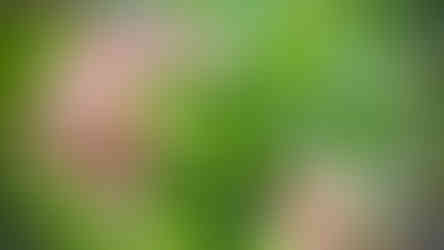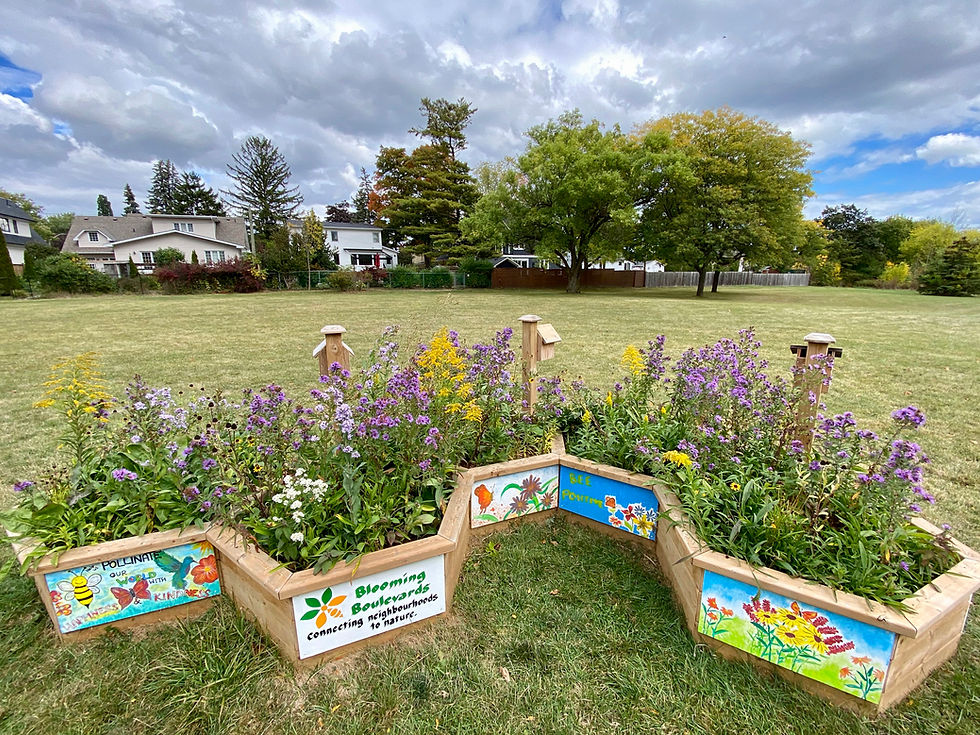Native plant profile - Prairie smoke
- pamelasleightholm
- May 27, 2021
- 2 min read
Updated: Aug 17, 2021
By Pamela Sleightholm
After a long winter, the native plants that bloom in early spring are the first food sources for pollinating insects. Prairie smoke (Geum triflorum) is a quirky addition to a sunny spring garden, showing beautiful, delicate pink flowers with wispy seed heads that swirl out the top, giving the plant its common name.
Prairie smoke (Geum triflorum). Photos ©Peeter Poldre, 2021.
Besides being one of the earliest pollinator food sources, Prairie smoke was also used by some First Nations communities in tea to help sore eyes, gums and throats, split lips, snow blindness, and to soothe nursing mothers’ chapped nipples.
Prairie smoke is also one of few plants that can survive in an alvar ecosystem, which is based on a limestone plain with very little, if any, soil. They are often flooded, and are prone to freezing and cracking in cold climates. Alvars are common around Georgian Bay and in the Ottawa region. Only very specialized plants can root and thrive in this inhospitable environment – besides Prairie smoke, lance-leaved coreopsis (Coreopsis lanceolata) and harebell (Campanula rotundifolia) can also be found growing in alvars – each one an important part of the food chain for insects, snakes, amphibians and birds, including the endangered loggerhead shrike (Lanius ludovicianus).
Blooming Boulevards includes Prairie smoke in many of its pollinator gardens across Mississauga for its early blooms, which provide an important nectar source for pollinating insects. It also makes a striking addition to the early spring garden with its unique flowers and seed pods and grows fairly low to the ground, perfect for boulevard spaces.
References
Nicholls, E. (2005). Native plant to know - Prairie smoke. North American Native Plant Society. http://nanps.org/wp-content/uploads/2017/01/Blazing_Star_Summer_2005.pdf.
Prairie Smoke. Couchiching Conservancy. (2020, November 19). http://couchichingconserv.ca/what-we-do/properties/prairie-smoke/.

















Comments